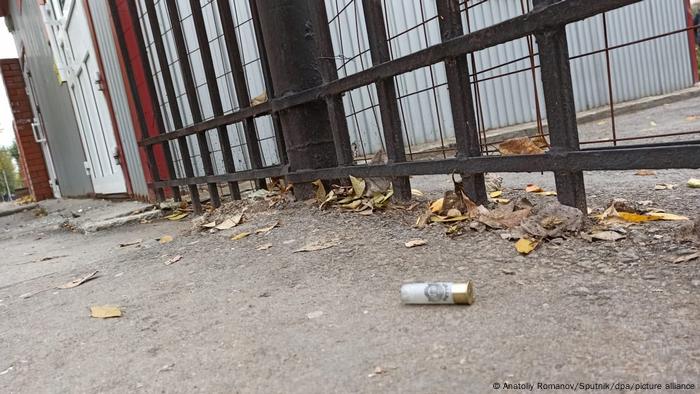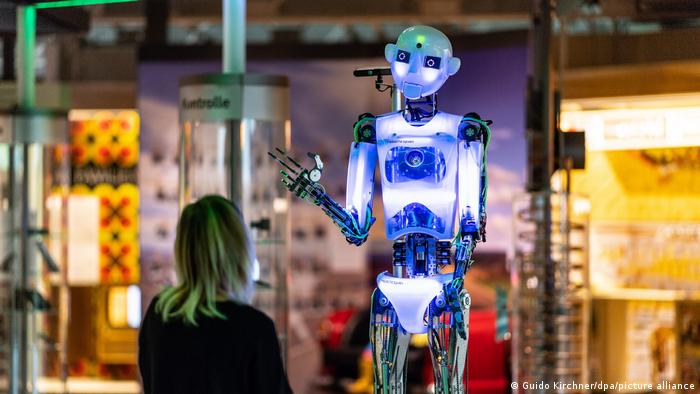
Asian elephants that grow up with siblings enjoy greater longterm survival rates than elephants that grow up without brothers or sisters. Photo by Virpi Lummaa
Sept. 21 (UPI) -- Only children may be at risk of stigma, but for humans, growing up without siblings isn't exactly dangerous. The same can't be said for elephants.
According to a new study, published Tuesday in the Journal of Animal Ecology, young elephants that grow up with older siblings enjoyed higher rates of survival and reproduced at a younger age than calves that grew up without siblings.
Females who were raised with older sisters had higher rates of long-term survival and reproduced two years younger on average.
Elephants that begin reproducing earlier tend to generate more offspring over their course of their lifetime.
RELATED Herd of elephants wandering in China nearing return home
Male calves had slightly lower rates of survival when raised alongside older sisters rather than older brothers. However, having older sisters was associated with higher body weight for male elephant calves.
Researchers suggest the "live-fast, die-young" phenomenon may explain the discrepancy, as male elephants who mature faster may sacrifice long-term health.
"Our research confirms that sibling relationships shape individual lives, particularly in social species, such as the elephants, where cooperative behaviors are essential to the development, survival and reproductive potential of individuals," lead study author Vérane Berger, researcher at the University of Turku in Finland, said in a press release.
RELATED Study: Giraffes are socially complex, misunderstood
Studying wild elephants over long periods of time is quite difficult, making it near impossible to study the long-term behavior and health impacts of siblings.
For the latest study, researchers studied semi-captive timber elephants living in Myanmar.
During the day, the elephants are used as work animals. Local people ride the elephants and use the large mammal to pull plows and haul goods. At night, the elephants live in the forest unsupervised.
RELATED Just 3 percent of terrestrial habitat is 'ecologically intact'
The semi-captive elephants mate and interact with both wild and tame elephants. Calves are raised my their mothers for five years until they're trained for work by the local people.
Regulations set by the Myanmar Timber Enterprise limit the kinds and amount of work elephants can be deployed to do.
"Because the elephants live in their natural habitats, there are many similarities to wild elephants, such as natural foraging and no assistance in breeding," study co-author Mirkka Lahdenperä said in the release.
"While there are differences -- in the wild, family groups are probably bigger -- there are more similarities than differences and we could assume that some of the associations found in our study would also hold true for wild elephants. But of course, these should be studied," said Lahdenperä, a postdoctoral researcher in the elephant and human projects at Turku.
Researchers have been studying the use of elephants for labor in Myanmar for years, and records of timber elephant populations date back decades.
For the study, scientists analyzed body mass, reproduction, sex and survival information for 2,344 calves born between 1945 and 2018.
Because the researchers didn't have information on the quality of maternal care and other external factors, they couldn't control for all the variables that might influence survivability and sexual maturity.
"By collecting more information on the body mass of mothers at birth, we hope to disentangle maternal effects from sibling effects," Berger said.
"More data will also let us explore the effects of the environment on sibling relationships and go into more detail on the effects siblings have on specific aspects of a younger calf's health, such as immunity, muscular function and hormonal variations," Berger said.


















